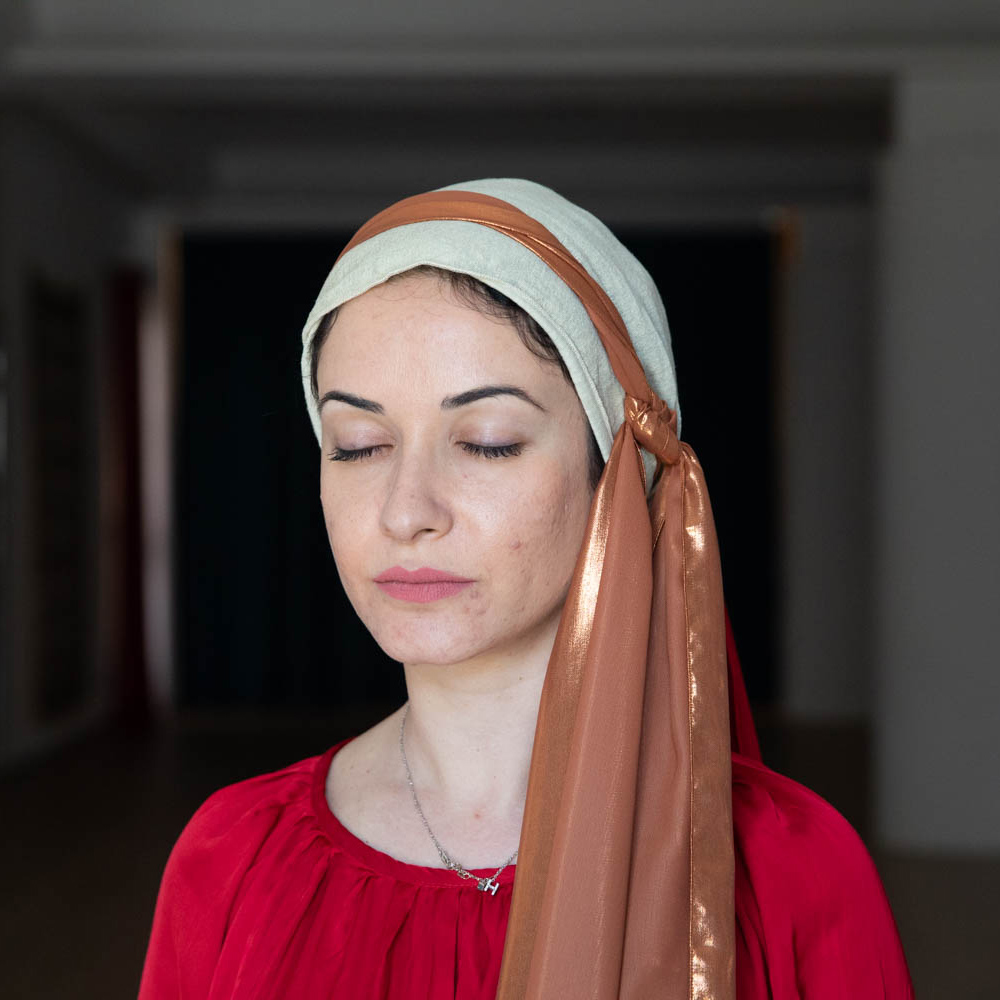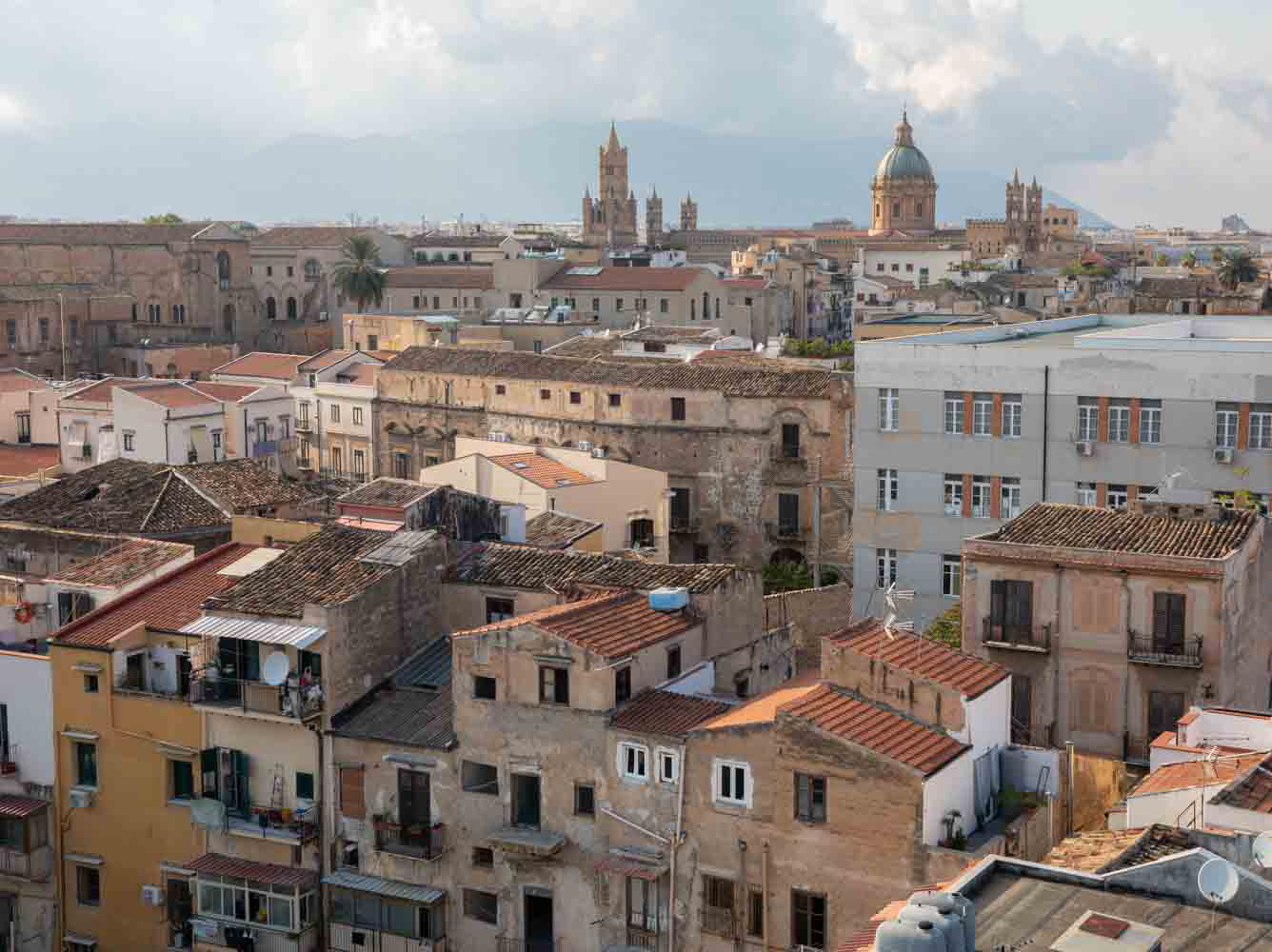Absent
presence
Noemi sings the lamma bada












“My name is Helena Russo. I’m a dancer and founder of a cultural centre that promotes Middle Eastern traditional dance, arts and culture.”
















“The Sicilian muwashahat dances are inspired by my imaginings of what the dance might have been like at the time of the Muslim presence in Sicily.
We don't have any records of this medieval dance, but we can imagine and reconstruct it. Ibn Jubayr's text states that Christian and Muslim women in the medieval period were all veiled, elegantly dressed...”


“The clothes of the muwashahat dances that I designed are all made with fabrics that could have been found in Sicily at that time: cottons, silk.
The muwashah music I use is from the Mashriq and Maghreb regions, the poems are from Sicily. The movements are simple, courtly, with arms open wide, and a regal air.”








“In 2019 I began studying the muwashahat in Andalusia with Nesma Al-Andalus, the pioneer of Neoandalusi dance.
When I returned to Sicily I asked myself: why don't we have a dance inspired by the Arab medieval period in Sicily?”








“On my travels I realized that there are many connections with Sicily. The medina of Morocco, of Tunis is very similar to the old town of Palermo.”












“The muwashahat dances feel so close to me, because when I go out on the streets here I constantly see and feel the presence of Muslims.
It's in my blood... It’s a feeling more than anything.
There are traces everywhere: In the old town, most of the streets have Arabic names or origins.”










“Ballarò and other markets date back to the Arab period. You can hear the influences in our Sicilian language, in cooking, the oranges, tuna fishing techniques which were refined by the Arabs.”










“The muwashahat were danced in the gardens, in palaces, and to poetry.
The Sicilian versions were written by exiled poets who speak nostalgically about love, exile, gardens, lemons, tears...”










“I went to Ziza Palace to read poems from the Muslim era in Sicily and I remember standing in the garden, imagining the dances there.
I started to cry. The emotion, that wonderful sensation was so strong.”














“Oriental dance has many stereotypes: fake burqas, the belly dance with coins, exaggerated hip movements. It reached its peak in colonial times when Egypt was seen as exotic. I’m careful not to reproduce this...
But it can also fight stereotypes. My students learn about the Middle East through its dance, they train with local teachers.“
















“I have studied oriental dance for over fifteen years. Finally there is a dance that feels mine. I didn't choose to develop a passion for this Arab heritage, but now I cannot do without it.”
















Islamic traces
Photo, text and audio project based on photographs by Kate Stanworth and audio by Kate Stanworth and Giulia Liberatore, with the support of Stefano Edward Puvanendrarajah.
Islamic Traces follows a small number of Palermo's inhabitants – both Muslim and those of other faiths or none – as they search for remnants of the city's Islamic past. Through architecture, landscape, sensory experiences, religious practices, language and the arts, they bring their imaginaries of the past to life, recounting it and giving it meaning in the present.
Drawing on their own research and personal discoveries, the historical accounts they provide are infused with their feelings, narratives, forms of nostalgia, hauntings, resonances and sensory experiences. In doing so, they revive this Islamic past, emphasizing its centrality to present-day Sicily while also challenging dominant, linear, totalizing and objective modes of history-making.
The project was made possible thanks to the collaborations of Abdulkarim Fabio Crisà, Noemi Gaudesi, Boulallam Abderrahmane Mustafa, Sirus Nikkhoo Sari Ghieh, Tehseen Nisar, Stefano Edward Puvanendrarajah, Helena Russo and Cesare Tinì.
Listen to the interviews in Italian